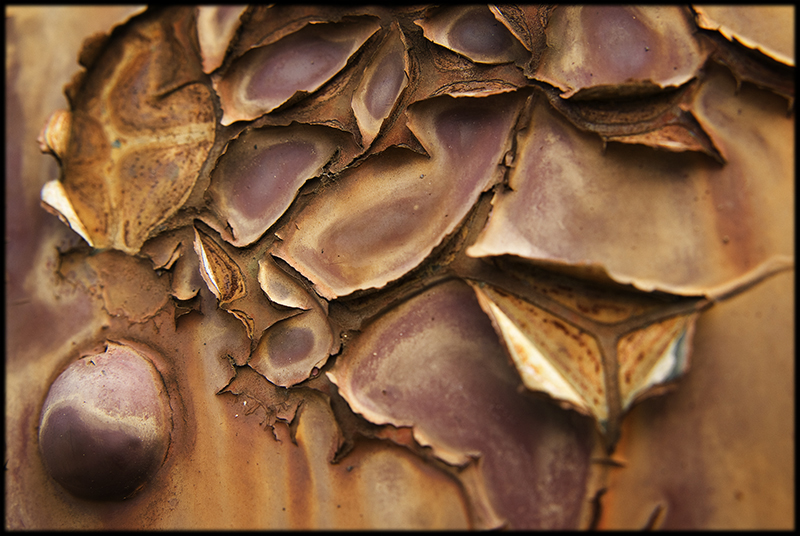In a major story, the Chicago Tribune has featured the family of King Daniel Ganaway, an African-American photographer profiled in Railroad Heritage (scan of article) in 2001. Ganaway won a major award for his photograph of the Twentieth Century Limited at La Salle Street Station in Chicago. The image launched his career as a commercial and industrial photographer in the 1920s and 1930s. The Tribune headlined its story, published October 26, “Family’s Racial History Comes into Focus.” The Center’s president, John Gruber, has written more articles about Ganaway, who is included in the Center’s list of memorable 20th century photographers.
North American Railway Foundation Supports Chicago Project

This interior view of the Chicago & North Western’s roundhouse at Proviso, Illinois, from December 1942 is among the sixty photographs that will appear in the Center’s exhibition “Faces of Chicago’s Railroad Community: Photographs by Jack Delano,” which will open April 4, 2014, at the Chicago History Museum. Learn more about the exhibition.
Elegant Corrosion: Photography by Colin Winterbottom

Photograph by Colin Winterbottom.
July 1 through October 31, 2012. Steamtown National Historic Site, Scranton, Pennsylvania. Daily from 9:00 a.m. to 5:00 p.m. Exhibition included in normal park entrance fee of $7. Corrosion is the trace of history across the face of its artifacts. Decades of rain, dew, and oxygen against the steel and iron giants dotting the Steamtown NHS rail yards have left their marks on the behemoths in the form of rust, stains, and peeling paint. Some see these marks as scars, degrading the mighty engines and hefty cars to useless relics; effacements that prove their obsolescence. Others look closer and find beauty in the corrosion. Using macro-photography camera lenses, photographer Colin Winterbottom has enlarged the smallest details in the decay to the point of abstraction. Isolating the textures, patterns, shapes, lines and colors from the wider context of the rail yard, the photographs take on a very different quality. The viewer’s mind often tries to create context for the images, a process that is as engaging as the photos themselves.
John W. Barriger III’s Depression-era Photography
On June 23, 2012, the National Railroad Hall of Fame in Galesburg, Illinois, inducted John Walker Barriger III (1899-1976) into its pantheon of leaders in honor of his myriad contributions to the industry. Barriger III achieved high acclaim for his leadership of federal transportation agencies and of railroads themselves. Unusually for a top executive, one of the tools Barriger III used in making decisions and prophesies was none other than photographs he made himself of railroad infrastructure. So successful was he in helping to cure the industry from the 1920s into the 1970s that he became known as “the doctor of sick railroads.” And now at least some of the 60,000 diagnostic railroad photographs he made, both for his own pleasure and as x-rays of the industry, can be considered more than tools. They can be considered art. The Center, the Hall, and the John W. Barriger III National Railroad Library in St. Louis presented an exhibition of Barriger’s photography at the Ford Center for the Fine Arts at Knox College in Galesburg over the summer. The exhibition will appear in the future at the Barriger Library.
Along the Line: 1930s Railroad Photographs by John W. Barriger III
June 23 through August 26, 2012. Ford Center for the Fine Arts at Knox College, Galesburg, Illinois. The exhibition features thirty-four black-and-white prints of photographs made by John W. Barriger III (1899-1976), whose deep love for railroading led him to create one of the most far-reaching photographic surveys of the nation’s railroads ever undertaken. Most of the photographs in the exhibition focus on the 1930s, when Barriger led the railroad division of the Reconstruction Finance Corporation, a federal agency that oversaw loans to railroads during the Great Depression. After World War II, Barriger served four different railroads as president, continuing to photograph while advocating for “super-railroads.” For his myriad contributions to the industry, the National Railroad Hall of Fame in Galesburg, Illinois, inducted Barriger into its pantheon of leaders on June 23, 2012. The Center, the Hall, and the John W. Barriger III National Railroad Library in St. Louis worked together to present this exhibition.






